Momotarō (???, "Peach Boy") is a popular hero of Japanese folklore His name translates as Peach Tarō, a common Japanese masculine name, and is often translated as Peach Boy Momotarō is the title of various books, films and other works that portray the tale of this hero Click to see full answer Momotaro landed, and with the hope of finding some way of entrance, walked up the path towards the top, followed by the monkey and the dog They soon came upon two beautiful damsels washing clothes in a stream Momotaro saw that the clothes were bloodstained, and that as the two maidens washed, the tears were falling fast down their cheeks I first read the Washington Post headline of their review for Anime Momotaro and decided immediately I wanted to see this play at Imagination Stage Then I read the whole review and was sure I had to see it It is a Japanese Folktale, entitled "Anime Momotaro" which is translated to "The Peach Boy";

Momotaro The Peach Boy A Cute Tale Used For Propaganda Japanese Folktales Youtube
Momotaro japanese folktale full story
Momotaro japanese folktale full story-They were peasants, and had to work hard to earn their daily riceThey were peasants, and had to work hard to earn their daily rice The old man used to go and cut grass for the farmers around, and while he was gone the old woman, his wife, did the work of the house and worked in their own little rice field




Okayama Prefecture Where Momotaro The Japanese Folklore Hero Came From J Passport
So Momotaro gave a millet dumpling to the pheasant, and the three of them jogged on together They hadn't gone far when they fell in with a dog "Bow!Your child will get to make her own story book by coloring the illustrations, and then she'll practice her reading skills, exploring this fun story about a boy born from a peachPDF This scriptstory retells the Japanese folktale of Momotaro, the legendary warrior born from a heavenly peach Accompanying him on his mission to rescue an island from dreaded Oni monsters are three faithful companions a dog, a monkey, and a pheasant This 15page PDF download includes a 2page te
Japanese 70 – Dis 1C 28 November 13 Symbolization of Momotaro In the Japanese fairy story, Momotaro, the main character was born from a peach and the old women bring to her house When she and her husband try to eat a peach, suddenly a boy comes out of peach They believe this boy as a heaven sent gift, so they name a newborn boy The Sagacious Monkey and the Boar The Folktale Project Long, long ago, there lived in the province of Shinshin in Japan, a traveling monkeyman, who earned his living by taking round a monkey and showing off the animal's tricks One evening the man came home in a very bad temper and told his wife to send for the butcher the next morningMomotaro A Japanese Folktale Introduce your child to Momotaro, a popular Japanese folktale!
Momotaro!" cries the old man;They gave him the name Momotaro, with the meaning ''Child of Peach'' A few years afterward, Momotaro sets out on a journey to remove a burglar in the land mass On an eventful day, reports came from the East side that a group of thieving giants was trying to raid Japan Angered by the incident, Momotaro decided to actJapanese folktales booklet Students are introduced to various Japanese folktales including Momotaro, Kachikachiyama, Tanabata, Grandfather cherry blossom, and Kintaro Students research other folktales and study the characters and plot Students learn the positive and negative form of adjectives and how to join two adjective using the te form




Lesson Title Comparing Japanese Folktales With American Pages 1 5 Flip Pdf Download Fliphtml5
/GettyImages-171436152-5906bdd03df78c5456edaaea.jpg)



Japanese Folk Tales Mukashi Banashi
It has been adapted to the stage in the style of the JapaneseThe old man and woman decided to protect Princess Kaguya from the moon escorts by placing warriors around the house However, the warriors couldn't move when they saw the escorts from the moon There was a blinding light and the warriors could not drive them away Princess Kaguya thanked the old couple for their care and returned to the moon"the eldest son of the peach" "Truth it is indeed," says the old woman;




A Little Of Knowledge About Momotaro Why Can Monkey Pheasant Dog Beat The Demons
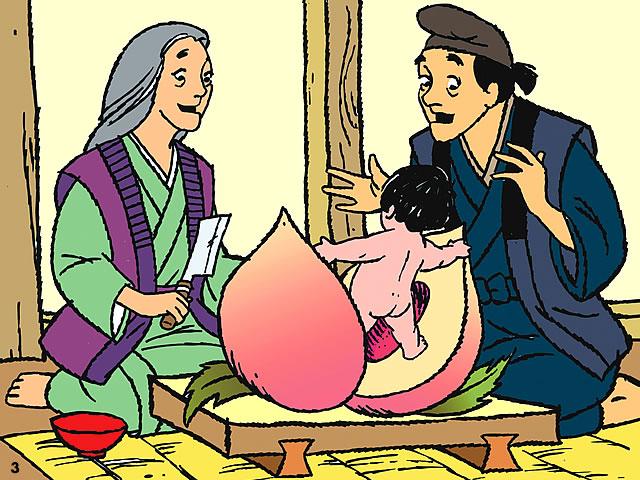



Lesson 5 Japanese Mythology And Folklore
One of the more popular folktales of Japanese tradition, Momotaro is a story about its titular character, Momotaro, whose name literally translates to "Peach Taro" or "Peach Boy" According to the most common form of this tale, an old woman was washing her clothes by the river when she came upon a giant peach that was flowing with the currentMomotaro, or the story of the son of a peach Japanese Folktale Long, long ago there lived, an old man and an old woman;SOLUTION COTD The Story of Momotaro & the Story of Pecos Bill Folktales Analysis Discussion 27 How To Write a Summary of a Folktale – READ In 26 How to Write a Summary you learned the steps to follow to write a summary of a text The basic pattern of the summary always stays the same A summary always tells




Turning Japanese With Momotarō And Elly Nagaoka Helbling Deutschland




Momotaro Peach Boy By George Suyeoka
Paintings by Kano Naganobu The amazing adventures of Momotaro, a boy found inside a peach and raised by an elderly couple, is one of Japan's most popular folktales One of the finest illustrated versions of the tale known today appears in an exquisite handscroll painted by Kano Naganobu (), in the The boy baby first ate up one half of the peach and then he ate up the other half When he had done this he was finer and stronger than ever "Momotaro!A Japanese folktale, retold, with a postscript, by Stephanie Wada;




Pdf Momotaro The Peach Boy And The Spirit Of Japan Concerning The Function Of A Fairy Tale In Japanese Nationalism Of The Early Showa Age In Asian Folklore Studies Vol 50 1991 155 1




Momotaro Folk Legends Kids Web Japan Web Japan
The demon island (onigashima (鬼ヶ島)) of the story is sometimes Tell students that the japanese folktale that they will hear today is called "momotaro, peach boy" the main character in the story, While his adopted parents were adamant that there was no debt to be repaid, Momotaro proved to be just as adamant It was in conversation with his adopted father that Momotaro's plan was revealed On a nearby island, a band of Oni (savage monsters of Japanese folklore and mythology) had gathered and constructed a stronghold for themselves What is the meaning of Momotaro?
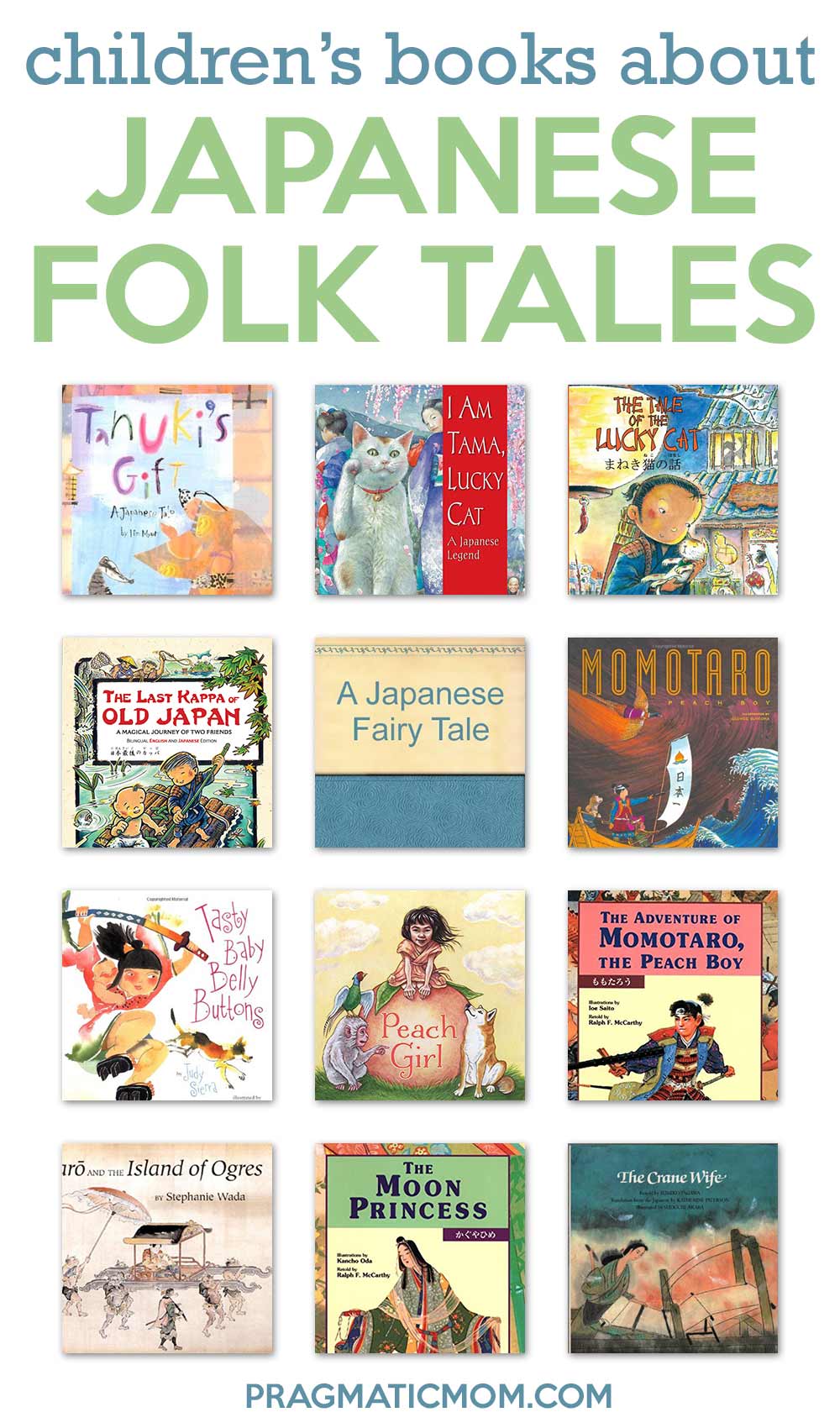



Japanese Folk Tales For Kids To Read Pragmatic Mom
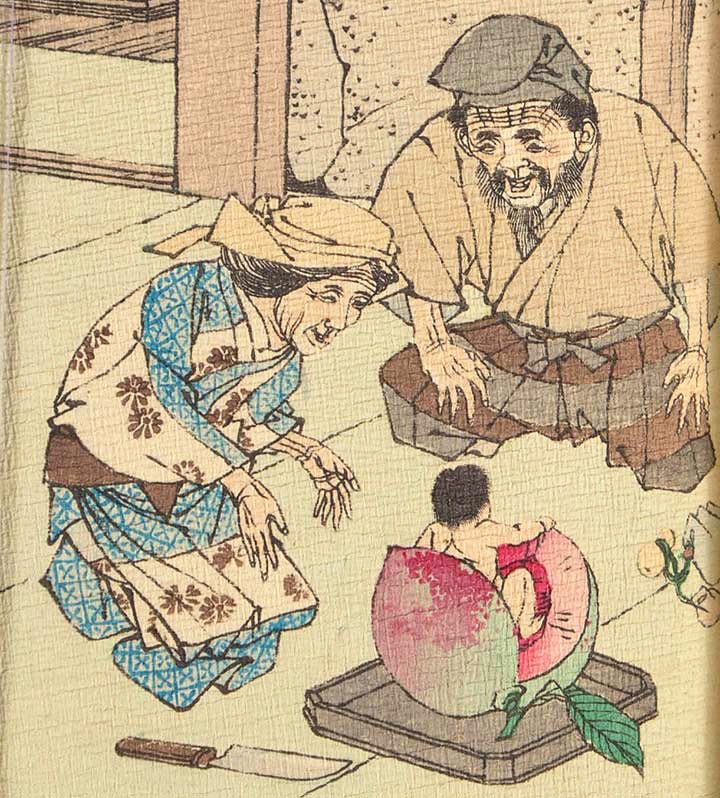



Woodblocks In Wonderland The Japanese Fairy Tale Series The Public Domain Review
This is a Japanese folk tale beginning A long, long time ago an old man and his wife lived in a remote corner of Japan They had no children and were a little lonely Momotaro Folk Legends Kids Web Japan Web Japan Fairy Tale, Fairytale, Folklore, Japanese Folktales Long, long ago there lived, an old man and an old woman;The Story of Momotaro the Peach Boy Once upon a time there was an old man and his old wife living in a village in Japan The old man, called Ojiisan was a woodcutter and his wife, Obaasan, a washerwoman They lived alone as they had no children One day the old woman went to the river and had just begun washing the clothes
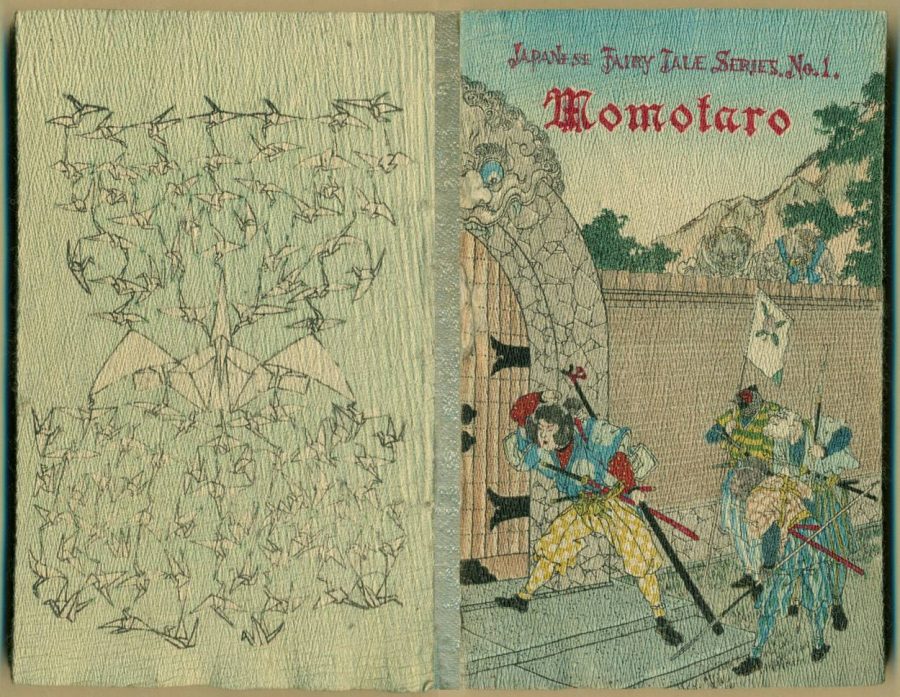



The Japanese Fairy Tale Series The Illustrated Books That Introduced Western Readers To Japanese Tales 15 1922 Open Culture




Peach Boy Momotaro Japanese Folktales Youtube
This is a type 766 folktale Davis entitles the story "The Rip van Winkle of Old Japan" and, because it had been born in a peach, they called it Momotaro, or Little Peachling By degrees Little Peachling grew up to be strong and brave, and at last one day he said to his old foster parents "I am going to the ogres' island to carry off the the main character in the story, Momotaro Story Onigiri Xbox Daily To master reading hiragana, you need to practice a lot! Momotaro and the spotted dog and the monkey kept on walking Suddenly they met a pheasant The spotted dog and the monkey and the pheasant were about to start fighting But when the pheasant heard that Momotaro was going to fight the ogres on Ogre Island, he asked if he could go too So Momotaro gave the pheasant a dumpling and brought him along
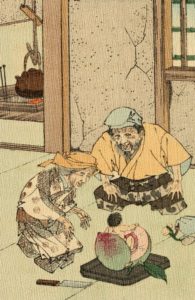



Momotaro Little Peachling Japan Powered




What Do The Stories Say Momotaro The Peach Boy
Along the way, Momotaro meets a dog, an ape, and a pheasant who all end up helping Momotaro in his journey to the Island of Death Sigourney Weaver's narration is soothing as she narrates this popular Japanese children's folktale with feeling Ryuichi Sakamoto's music is beautiful as it gives the story a Japanese atmosphereVisitors are sure to find Momotaro in various places throughout the city Visit Shrines and Historic Sites with Close Ties to the Legend of Momotaro From shrines dedicated Kibitsuhiko no Mikoto, believed to have inspired the folk tale "Momotaro," to theWow!" says the dog "Where are you off to, Momotaro?" Says Momotaro, "I'm off to the Ogres' Island" "What have you got in your wallet, Momotaro?"




Momotaro The Peach Boy English Esl Worksheets For Distance Learning And Physical Classrooms
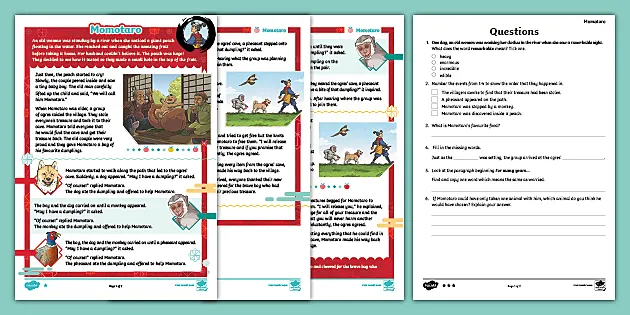



Lks2 Mythical Stories From Different Cultures Momotaro Japan
"he was born in a peach" Both of them took such good care of Momotaro In Japanese film and literature, food often plays a major role in the overall progression of plot and themes Food's many roles include unifying people, celebrating hard work, and comforting individuals One of the most influential works that embodies this Japanese tradition is the story of Momotaro This folktale does not have an original source




Momotaro Japan Reference



1




Japan Folklore Momotaro




Momotaro Old Stories Of Japan Youtube
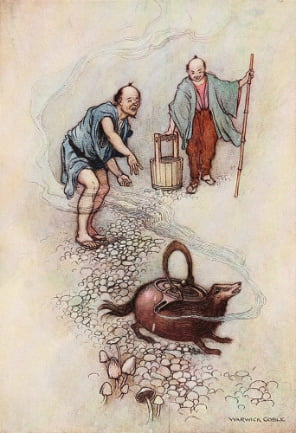



Japanese Fairy Tales Fairytalez Com




Lesson Title Comparing Japanese Folktales With American Pages 1 5 Flip Pdf Download Fliphtml5
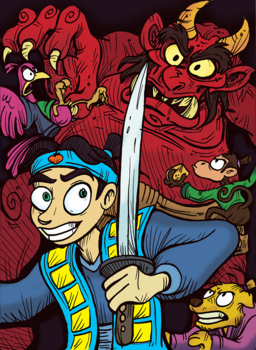



Momotaro The Peach Warrior A Japanese Folktale Reader S Theater Script Story




Momotaro And The Island Of Ogres Stephanie Wada Kano Naganobu Amazon Com Books




Japanese Short Stories For Kids And Small Children Short Folktales And Fairy Tales Dinolingo




Momotarō Wikipedia




What Do The Stories Say Momotaro The Peach Boy
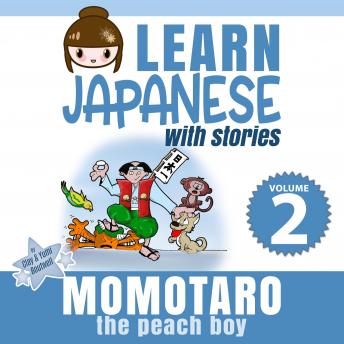



Listen Free To Learn Japanese With Stories Volume 2 Momotaro The Peach Boy By Yumi Boutwell Clay Boutwell With A Free Trial
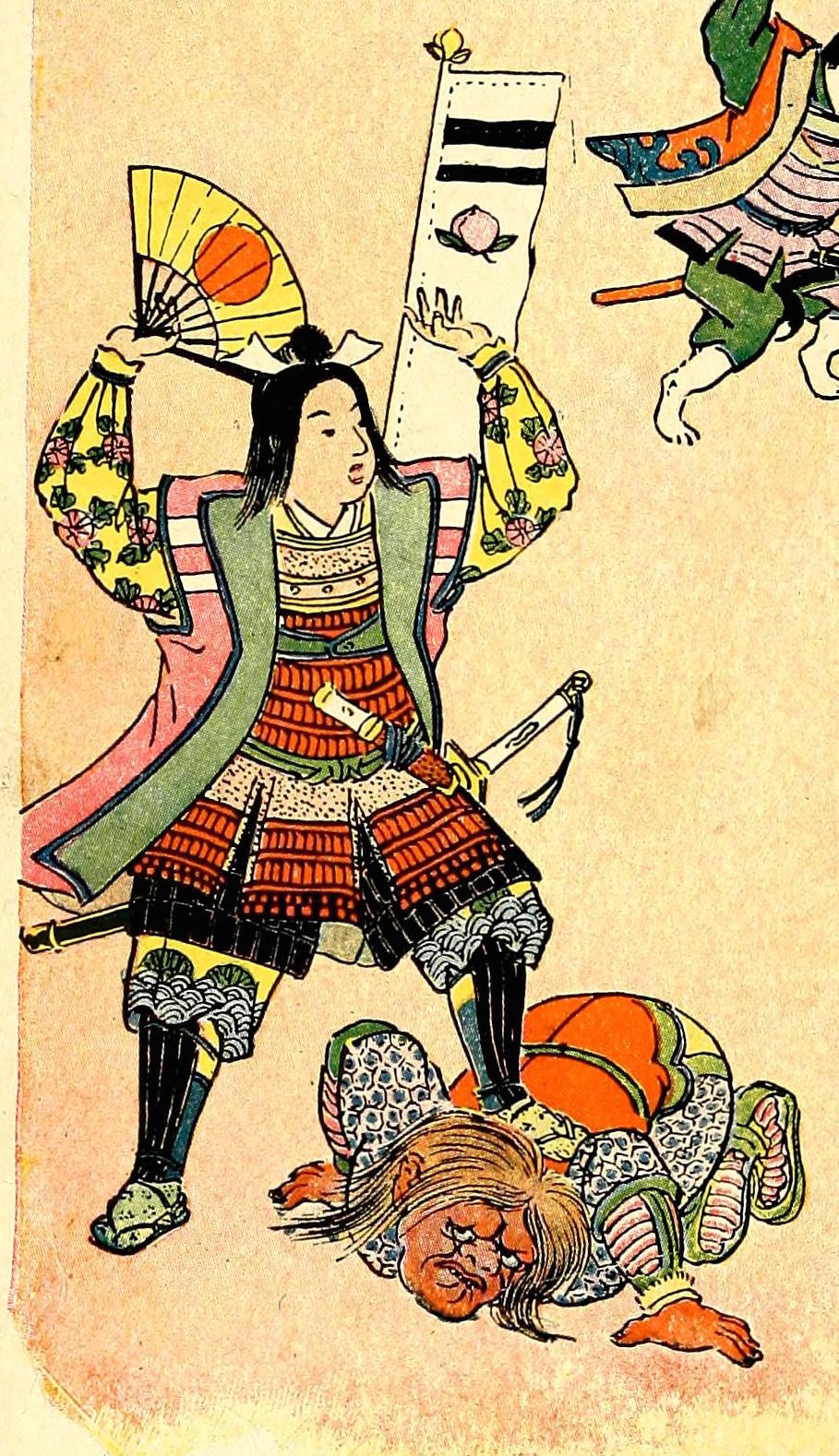



Momotarō Public Domain Super Heroes Fandom



Momotaro The Peach Boy Free Stories Online Create Books For Kids Storyjumper
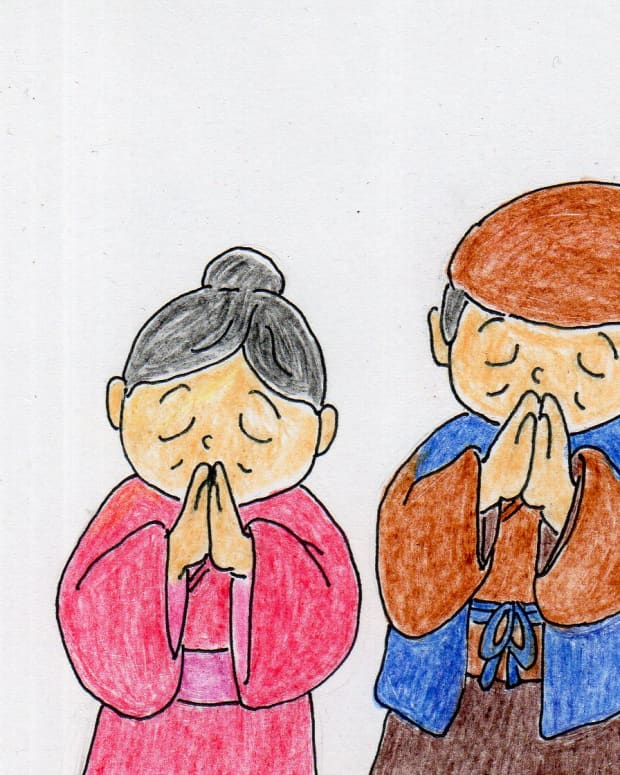



Japanese Folktale The Tale Of Momotaro Letterpile



Ten Japanese Folktales You Should Know The Japan Guy



Momotaro Armor Revealed Russogi Com




Momotaro The Peach Boy Japanese Mythology Folklore
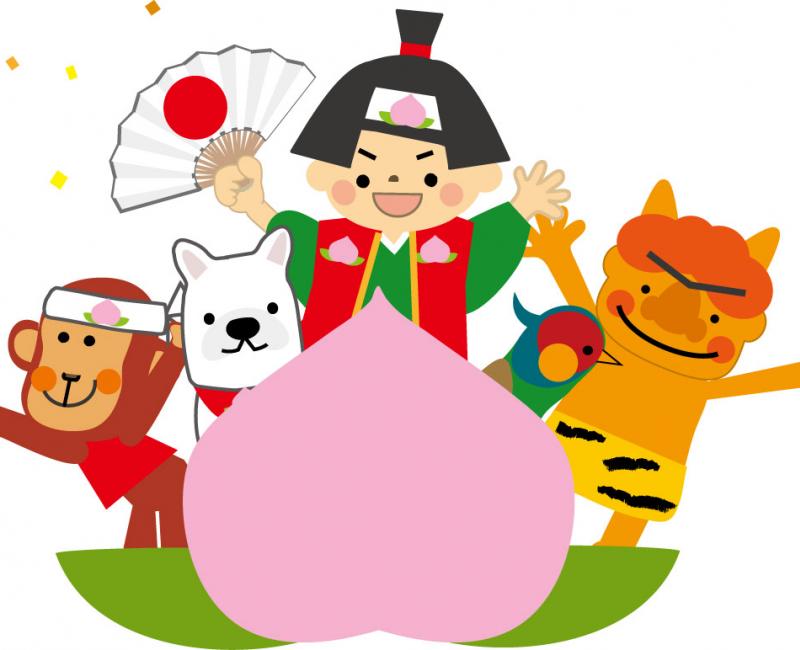



The Legend Of Momotaro Momotaro Densetsu Folktale
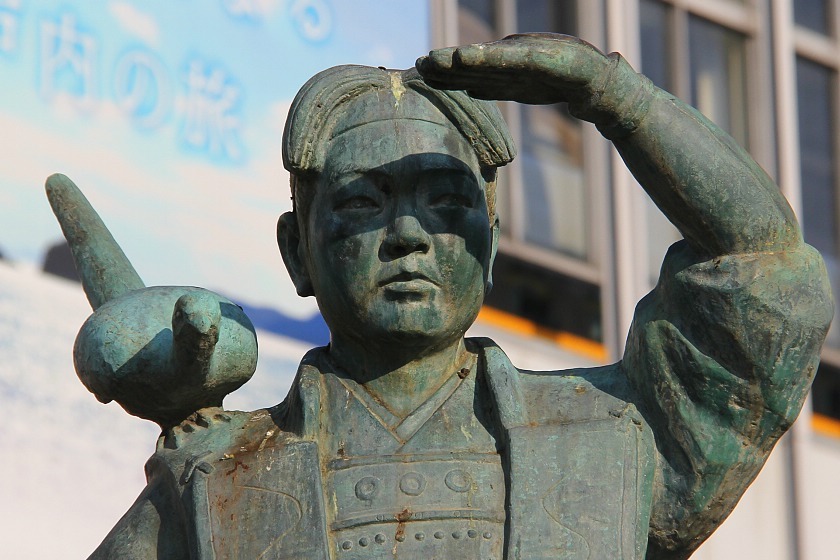



Home Delivery By Japan Guide Com The Legend Of Momotaro




Urashima Tarō Wikipedia




Momotaro A Japanese Folk Tale Retold Clarke Mollie Amazon Com Books
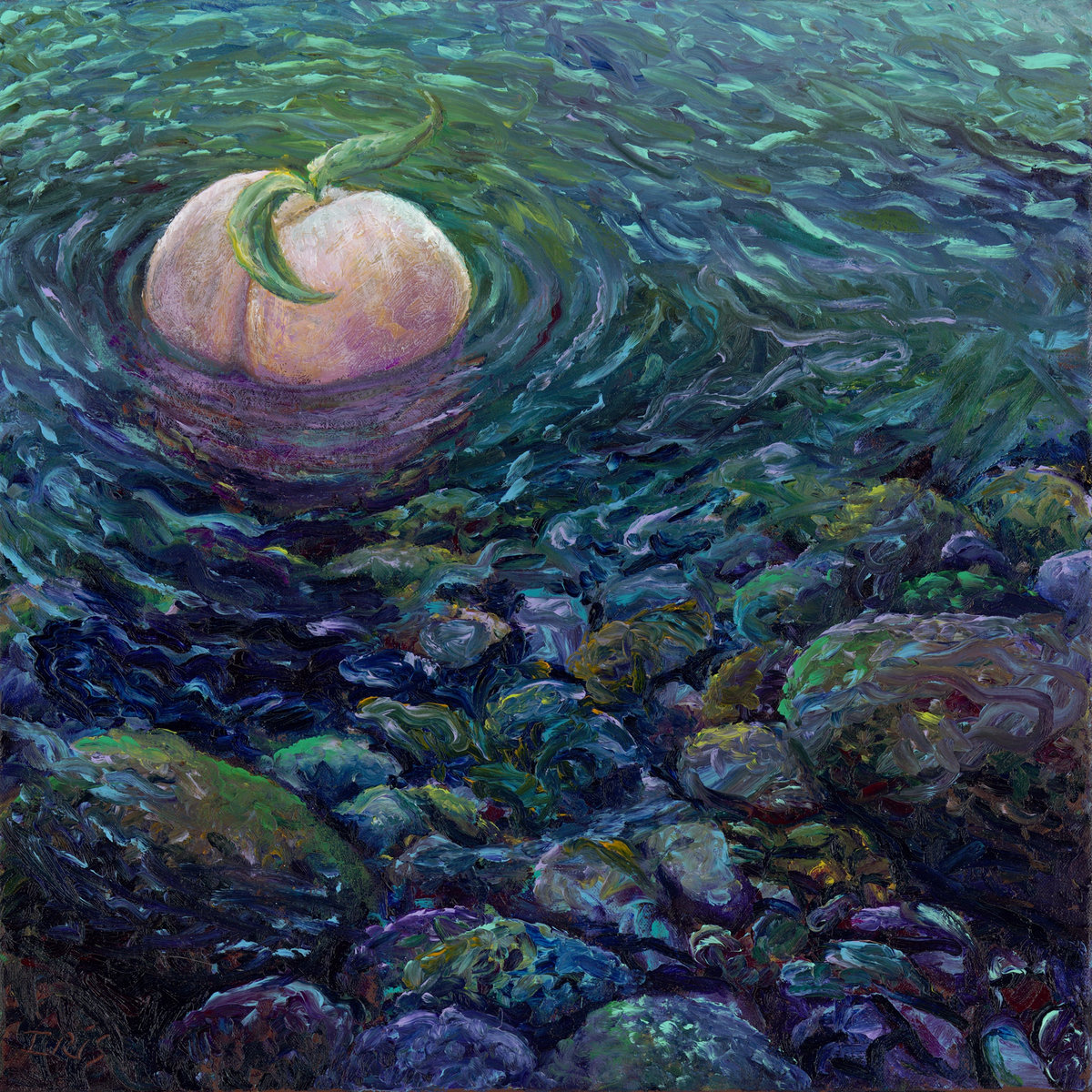



Momotaro Takenobu
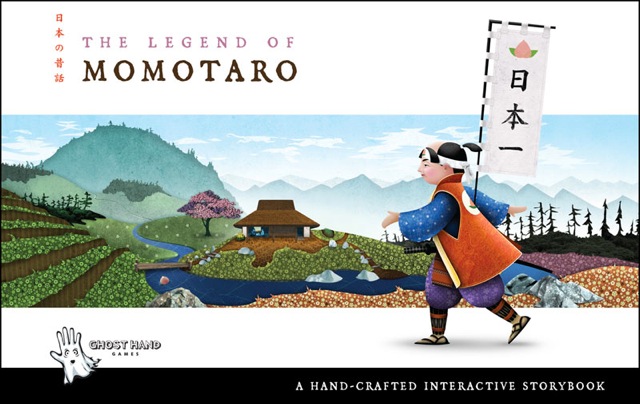



New Ipad App The Legend Of Momotaro Brings Japanese Folk Tale To Life Soranews24 Japan News




Najszybszy Momotaro Story




Hiragana Reading Practice Momotaro Crunchy Nihongo




Quiz Worksheet Japanese Folktales Study Com
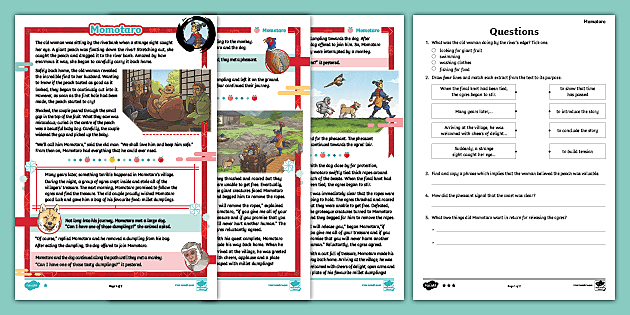



Uks2 Mythical Stories From Different Cultures Momotaro Japan




Okayama Prefecture Where Momotaro The Japanese Folklore Hero Came From J Passport
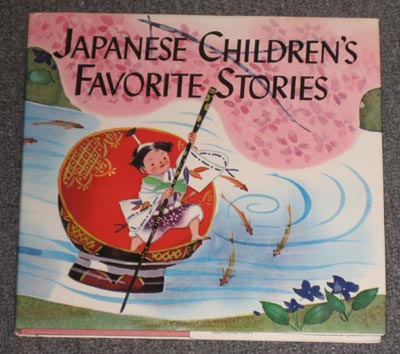



Lesson 5 Japanese Mythology And Folklore
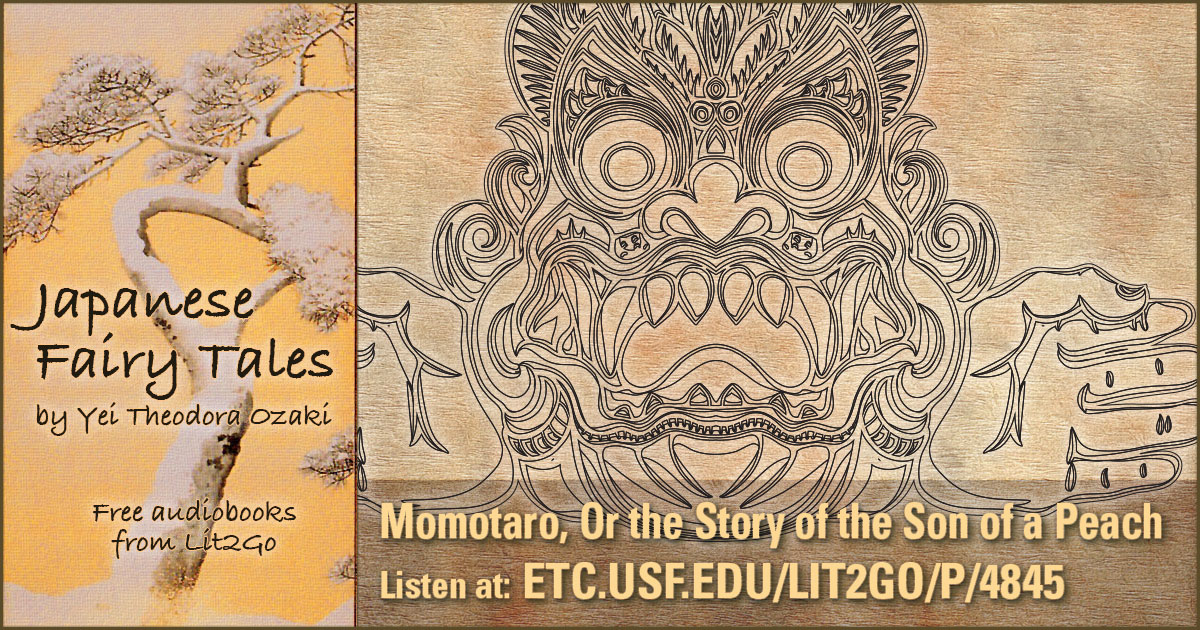



Momotaro Or The Story Of The Son Of A Peach Japanese Fairy Tales Yei Theodora Ozaki Lit2go Etc




The Legendary Momotaro Yabai The Modern Vibrant Face Of Japan




Japanese Reader Collection Volume 2 Momotaro The Peach Boy By Clay Boutwell




What Do The Stories Say Momotaro The Peach Boy




Japanese Folk Tales Momotaro Youtube
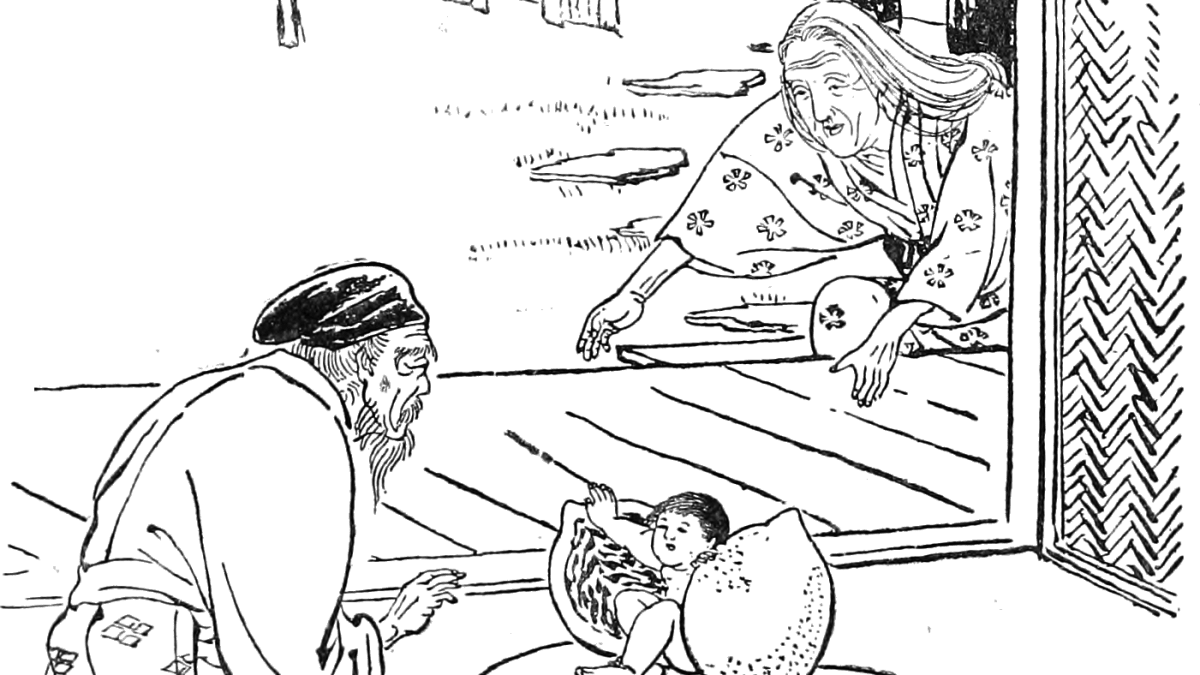



Japanese Folktale The Tale Of Momotaro Letterpile




Folktales From Japan Wikipedia




Children S Book Review Peach Boy By William H Hooks Author De La Puente Illustrator June Otani Illustrator Bank Street Press 4 5 48p Isbn 978 0 553 4




Japanese Folktale The Tale Of Momotaro Letterpile




Japanese Folktale Review Momotaro Latoya S Room
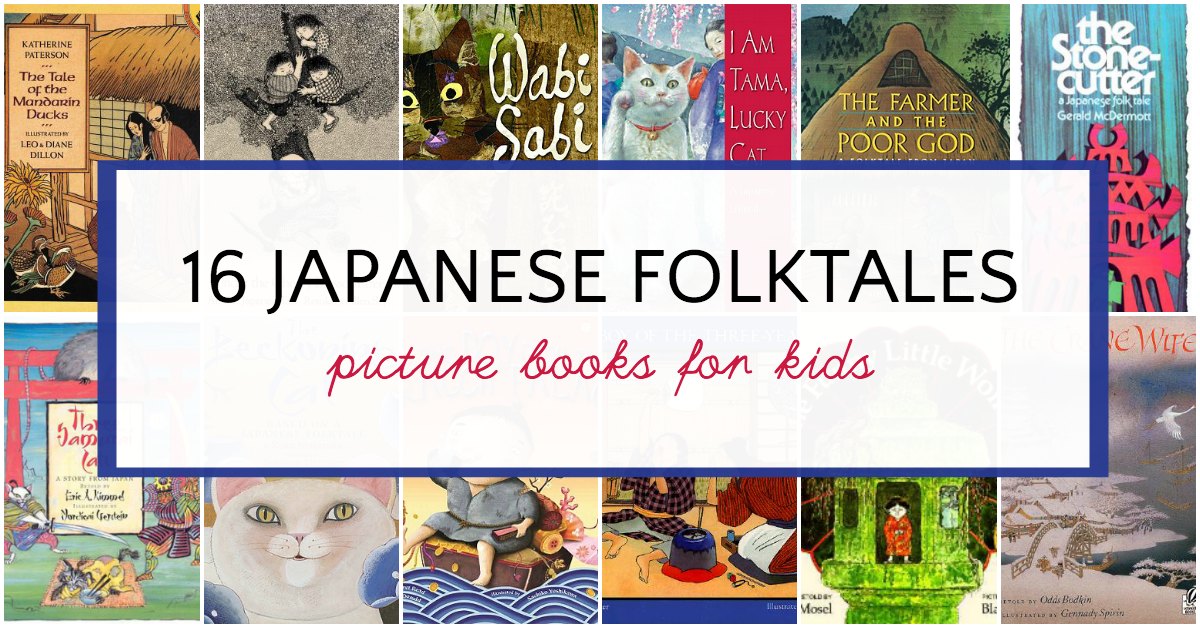



16 Japanese Folktales For Kids




Forever Fairytales Folktales Momotaro Once Upon A Time In Japan There Lived In The Country An Old Man And His Wife They Were Very Lonely Because They Had No Children



1




Momotaro S Ending Worksheet Education Com




Momotarō Wikipedia




Japanese Short Stories For Kids And Small Children Short Folktales And Fairy Tales Dinolingo




Momotaro A Web Comic About Japan S Most Beloved Folklore Hero




Momotaro By Mitchell Momotara A Japanese Folktale Illust Kyuzo Tsugami Ebay




Momotaro The Peach Boy English Esl Worksheets For Distance Learning And Physical Classrooms




Japanese Short Stories For Kids And Small Children Short Folktales And Fairy Tales Dinolingo




Momotarō Wikipedia
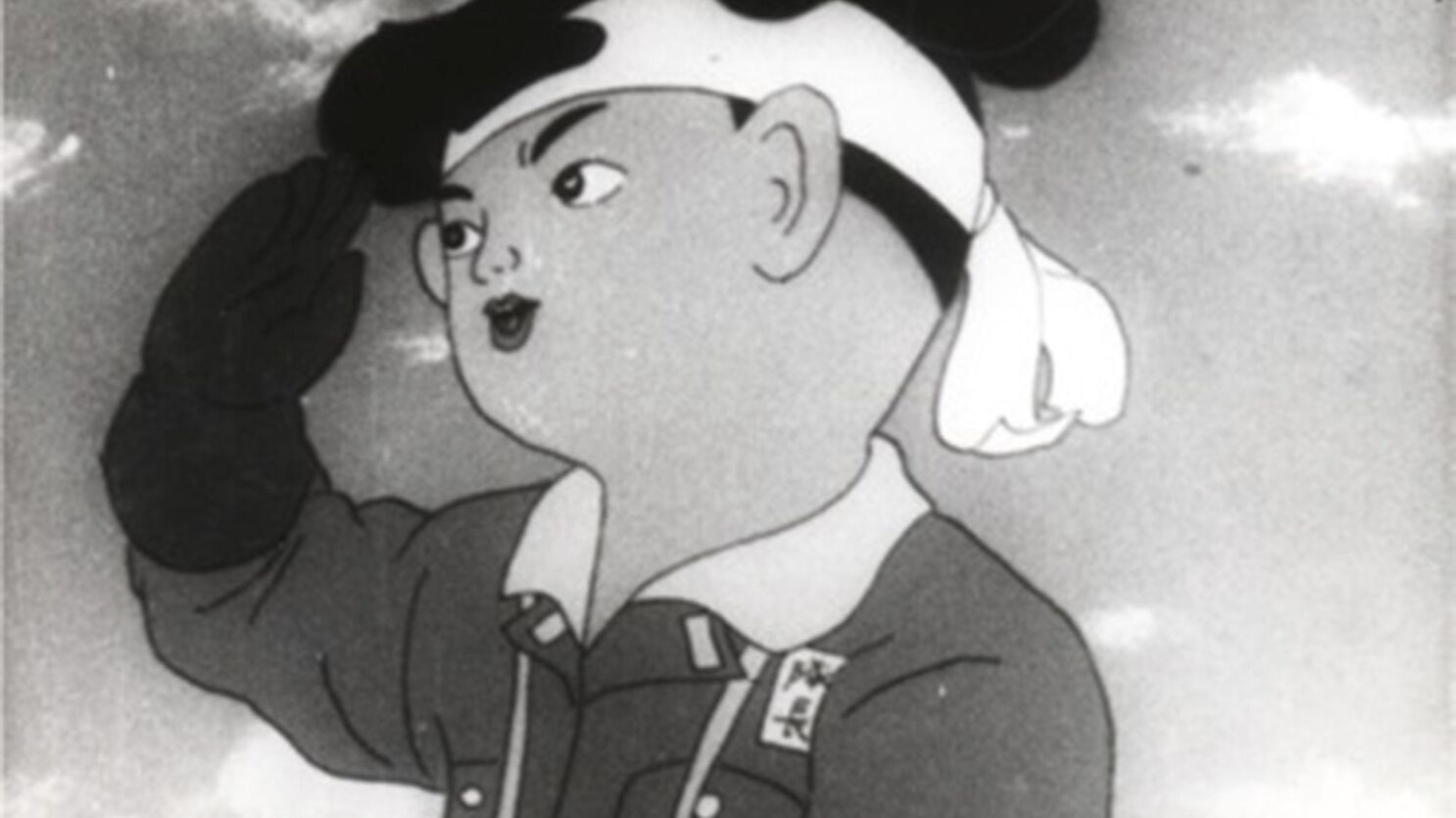



Momotaro A Japanese World War Ii Era Propaganda Animation Film Finally Gets A Dvd Release Los Angeles Times




The Roots Of Momotaro The Hero Of Justice Okayama Prefecture Official Tourism Guide Explore Okayama The Land Of Sunshine



Momotaro
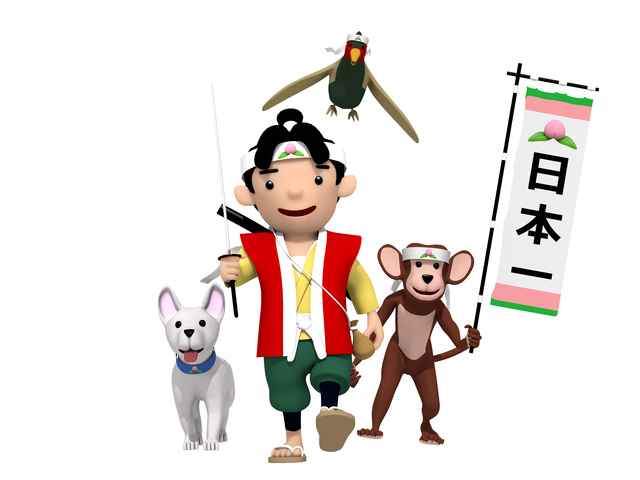



10 Classic Japanese Stories Tsunagu Japan




Momotaro The Peach Boy A Cute Tale Used For Propaganda Japanese Folktales Youtube




Momotaro A Story From Japan First Folk Tales No3 Clarke Mollie Amazon Com Books




Momotaro The Peach Boy A Japanese Folktale Illustration Art Folk Tales Japanese




Japanese Story Time Momotaro 日本語の物語ー 桃太郎 Small Online Class For Ages 5 7 Outschool




A Little Of Knowledge About Momotaro Why Can Monkey Pheasant Dog Beat The Demons
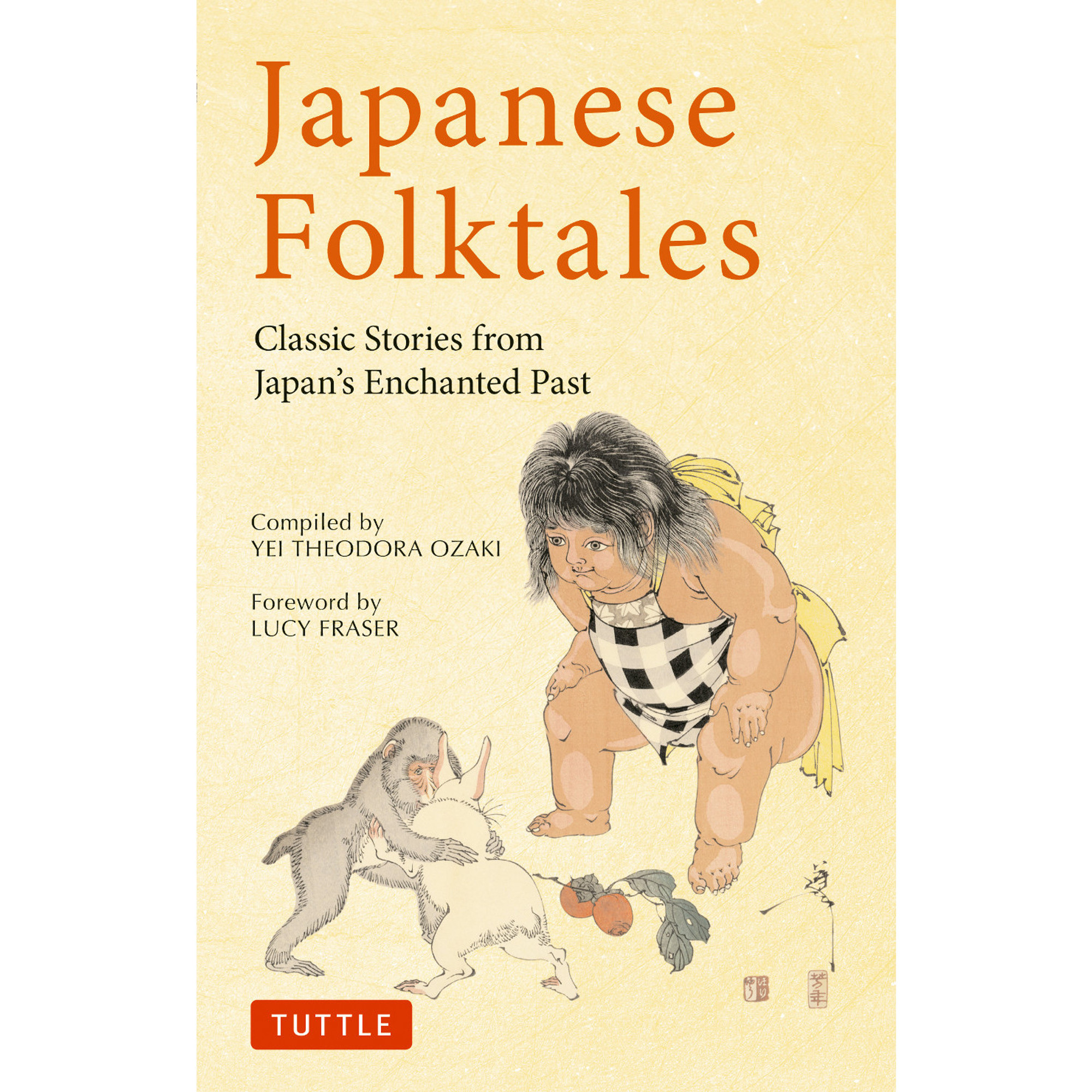



Japanese Folktales Tuttle Publishing




Momotaro The Peach Boy A Favorite Japanese Children S Book Fairy Tales Japanese Folklore Illustration Art Kids




The Story Of Momotarō Kcp International Japanese Language School
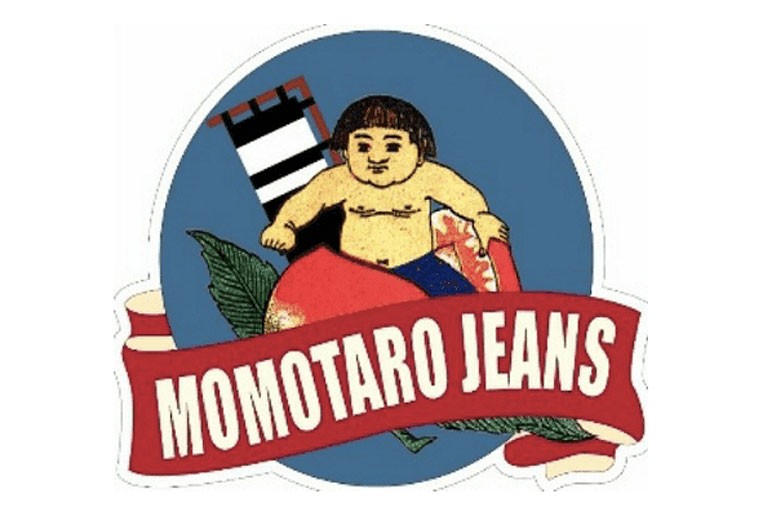



The History Of And Story Behind Momotaro Jeans
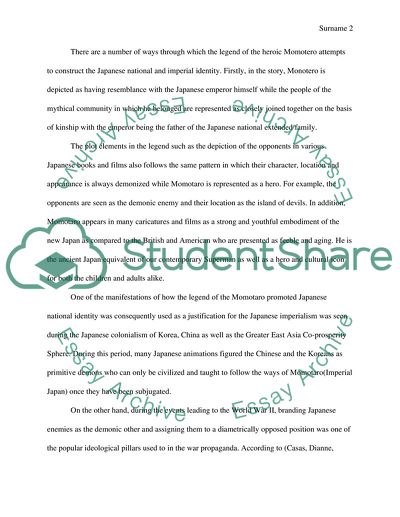



Japanese Folklore Analysis Project The Legend Of Momotaro Assignment




Momotaro Peach Boy Read Aloud Stories For Children Youtube



8 Folktales Of Japan Momotaro The Peach Boy And More Goin Japanesque




First Japanese Animated Movie Momatoro Gets U S Release Variety




Japan Folklore Momotaro




Momotaro A Japanese Folktale Worksheet Education Com




Momotaro Legend The Peach Boy Myths And Legends



Comparing Japanese Folktales With American Tall Tales Tea Online Curriculum Projects University Of Colorado Boulder




Japanese Folk Tale Momotaro International Neighbors
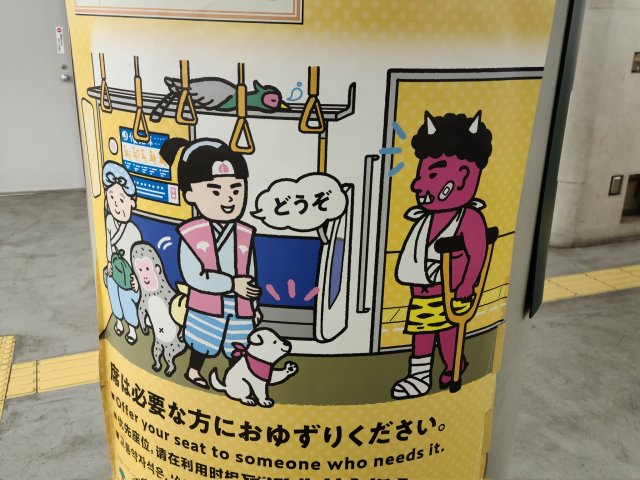



Unt Ilg5unnnom



The Legend Of Momotaro Free Stories Online Create Books For Kids Storyjumper



Anime




10 Classic Japanese Stories Tsunagu Japan
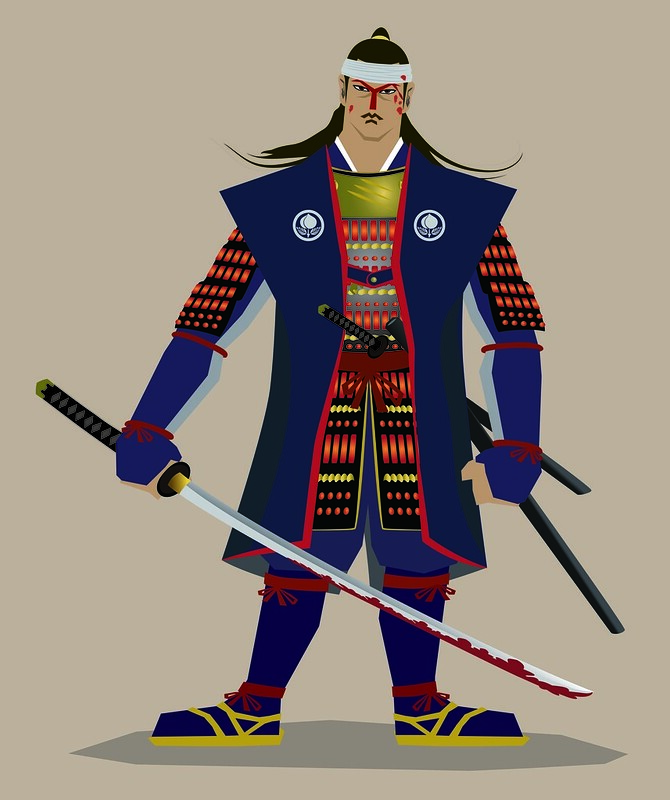



The Story Of Momotarō Kcp International Japanese Language School




桃太郎 Momotarō Beyond Binary Wikia Fandom




Japanese Short Stories For Kids And Small Children Short Folktales And Fairy Tales Dinolingo




The Roots Of Momotaro The Hero Of Justice Okayama Prefecture Official Tourism Guide Explore Okayama The Land Of Sunshine




Momotaro The Peach Boy A Japanese Folktale By M J York
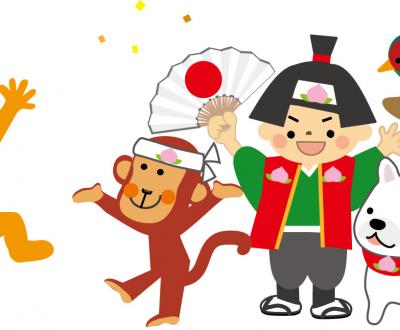



The Legend Of Momotaro Momotaro Densetsu Folktale




Famous Japanese Folktales Japan Web Magazine




Momotaro The Peach Boy A Japanese Folktale Folktales From Around The World York M J Thompson Betsy Amazon Com Books




The Japanese Fairy Book Momotaro Or The Story Of The Son Of A Peach Wikisource The Free Online Library




Momotaro The Peach Boy A Folktale From Japan Folk Tales Activities Word Families Vocabulary Meaning
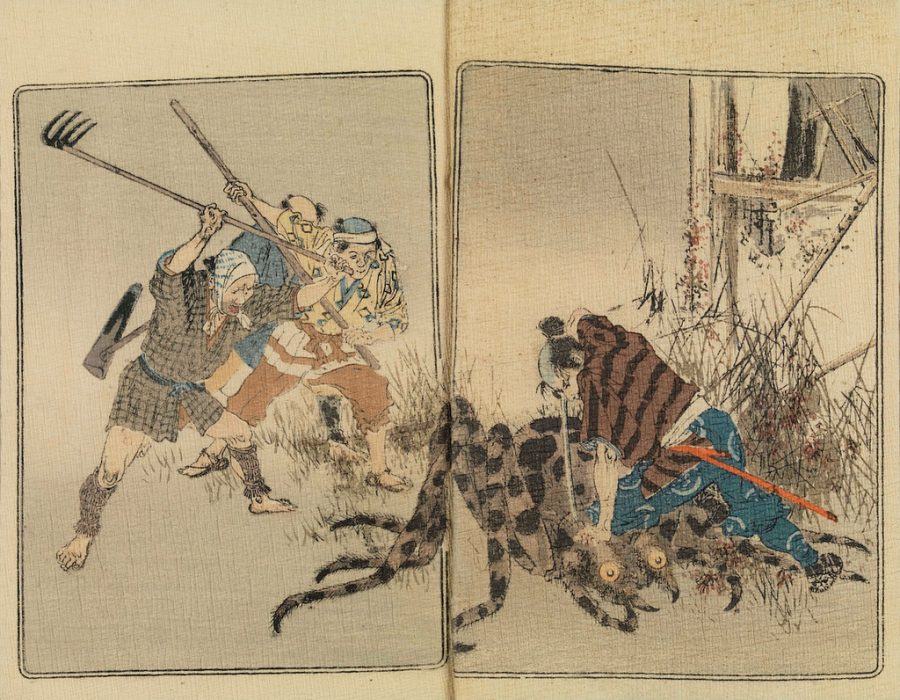



The Japanese Fairy Tale Series The Illustrated Books That Introduced Western Readers To Japanese Tales 15 1922 Open Culture



0 件のコメント:
コメントを投稿